Best Perennials To Plant In Fall: 8 Gorgeous Varieties For Next Year’s Garden
Add these perennials in the fall to get a head start on spring and summer with stronger, more established plants.


Amy Draiss
While it’s well understood that perennial species will return each season, knowing when to plant them can be difficult. This is especially true for those new to gardening or uncertain of a recent addition to the landscape. Should planting only occur in spring? Can you plant perennials in the fall?
In the case of perennial plants, many are best planted in fall. Cooler temperatures in autumn and consistent moisture encourage new plantings to establish themselves quickly. Ideal conditions at this time further allow for rapid root development before the arrival of winter.
The best perennials to plant in the fall include those that remain dormant until spring, as well as various species of evergreen plants. There is a wide range of flowering perennials to choose from, including long-flowering perennials that bloom from spring to fall and flowering perennials for pots.
Ideally, fall planting should occur approximately 6-8 weeks before the frosts arrive. This will allow ample time for new plantings to acclimate to their surroundings and begin to take root. Make sure you only plant varieties compatible with your USDA hardiness zone.
Discover some of the best perennials to plant in fall and their specific care needs.
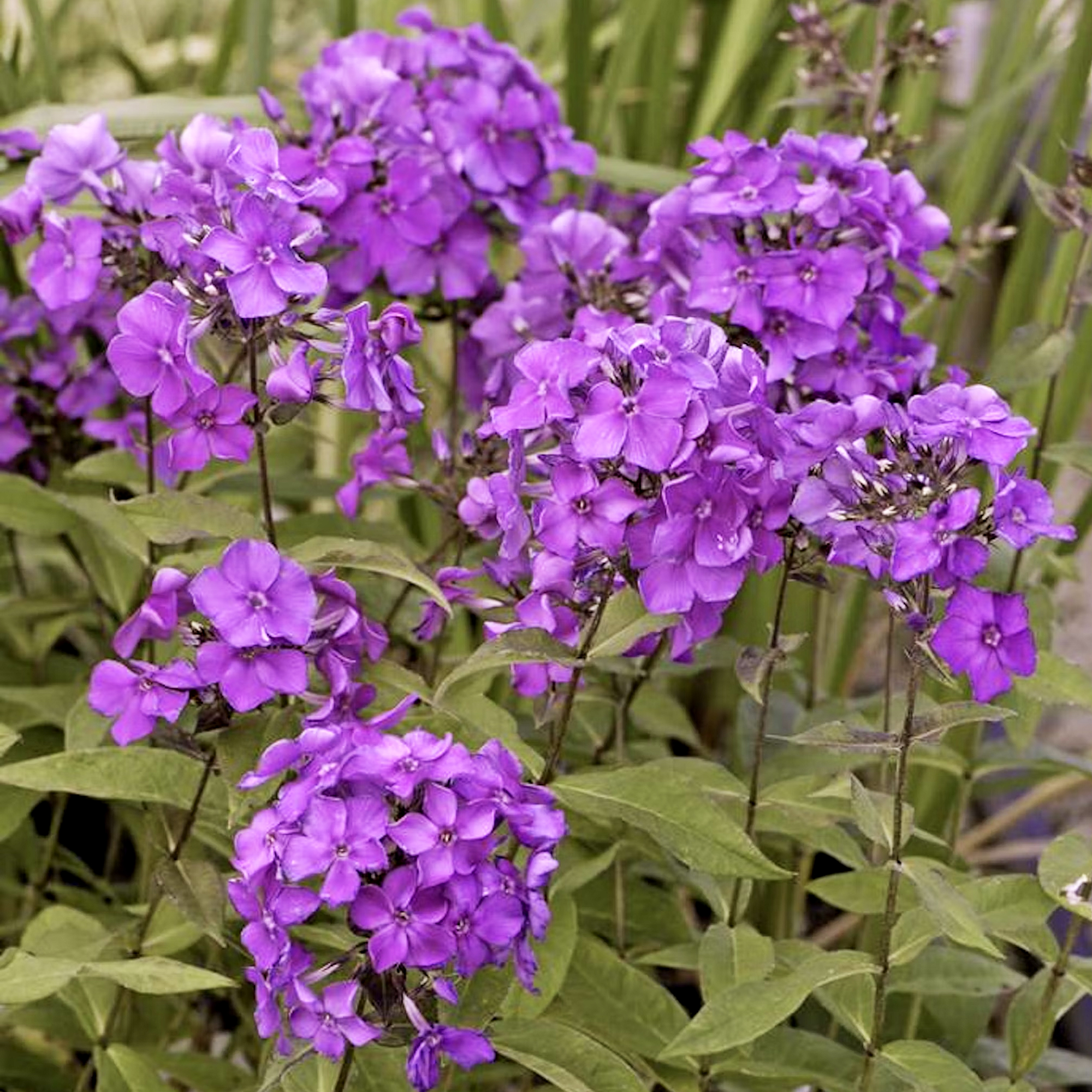
Flowering perennials are true garden heroes, returning year after year with beautiful blooms. Shop our pick of the best varieties to plant this fall, to get a head start on spring.
1. Astilbe
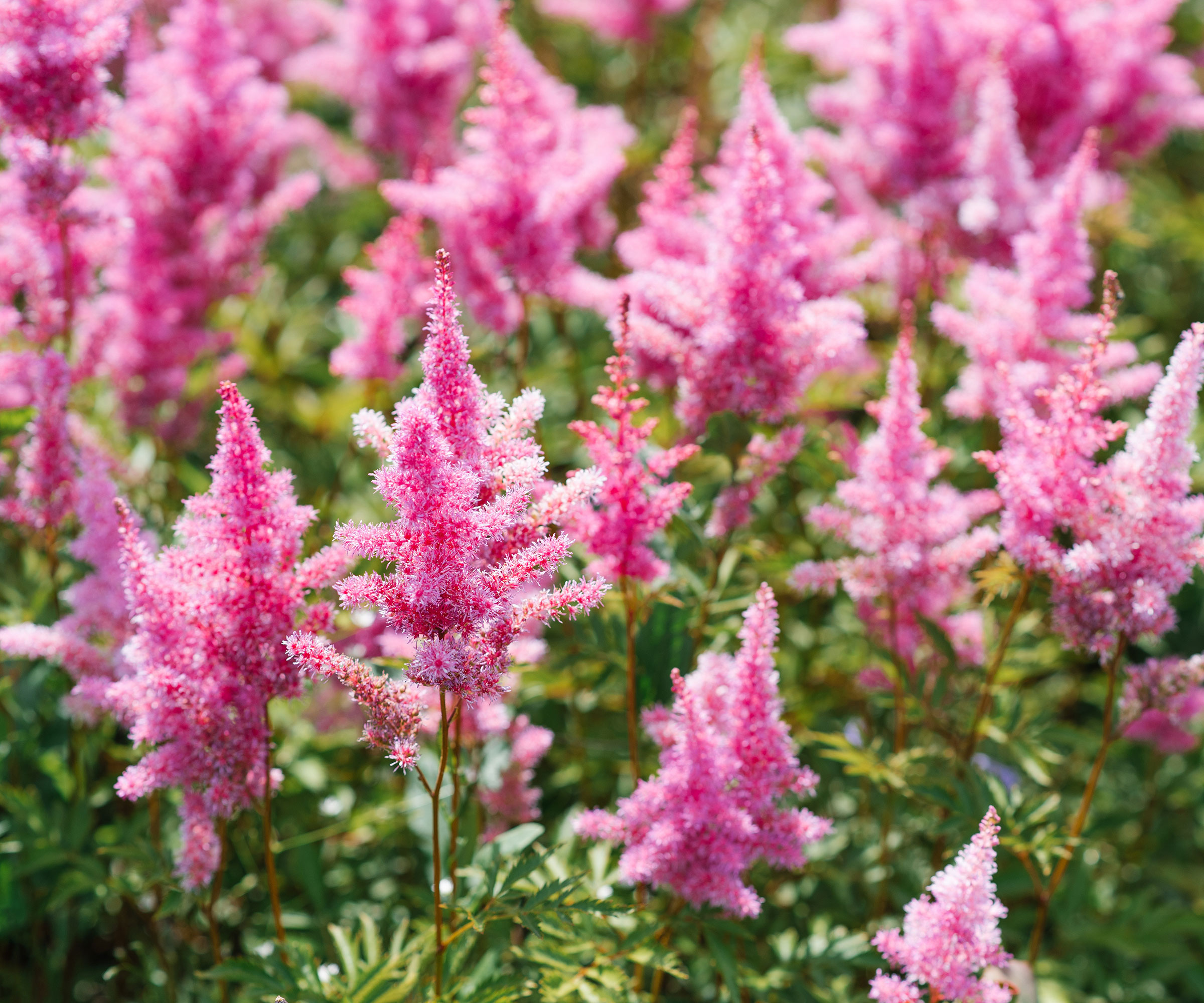
Beloved for their feathery, plume-like flowers, astilbe are a welcomed addition to containers and shaded beds. Growers can expect established plants to begin blooming in spring, with flowers persisting throughout summer.
Astilbe performs best with routine irrigation, or when planted in soils that remain consistently moist.
Gardening tips, videos, info and more delivered right to your inbox!
Sign up for the Gardening Know How newsletter today and receive a free copy of our e-book "How to Grow Delicious Tomatoes".
Popular varieties for the garden include ‘Color Flash,’ ‘Purple Rain’ and ‘Country and Western.’ Plants are hardy to USDA zones 4-9.
2. Azaleas
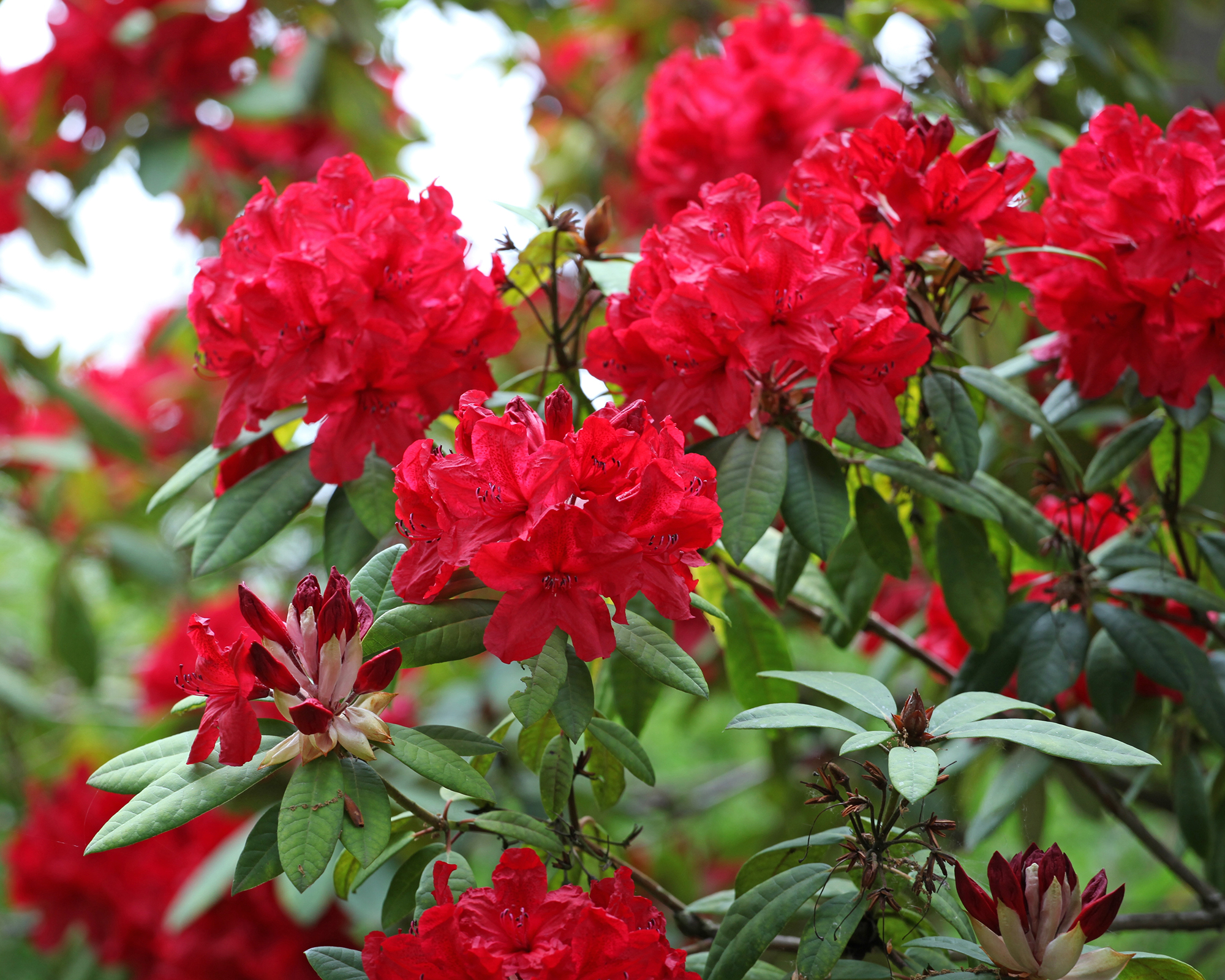
Good perennials to plant in fall often include early spring-blooming flowers. Plants that flower in spring, like azaleas, benefit most from a long period of development in fall. This applies to both evergreen and deciduous species.
Though most azalea varieties are hardy in USDA zones 6-9, newer hybrids offer enhanced tolerance to cold.
Common cultivars used in the home landscape include ‘Coral Bells,’ ‘Fragrant Star,’ and members of the ‘Bloom-A-Thon’ series.
3. Coneflower
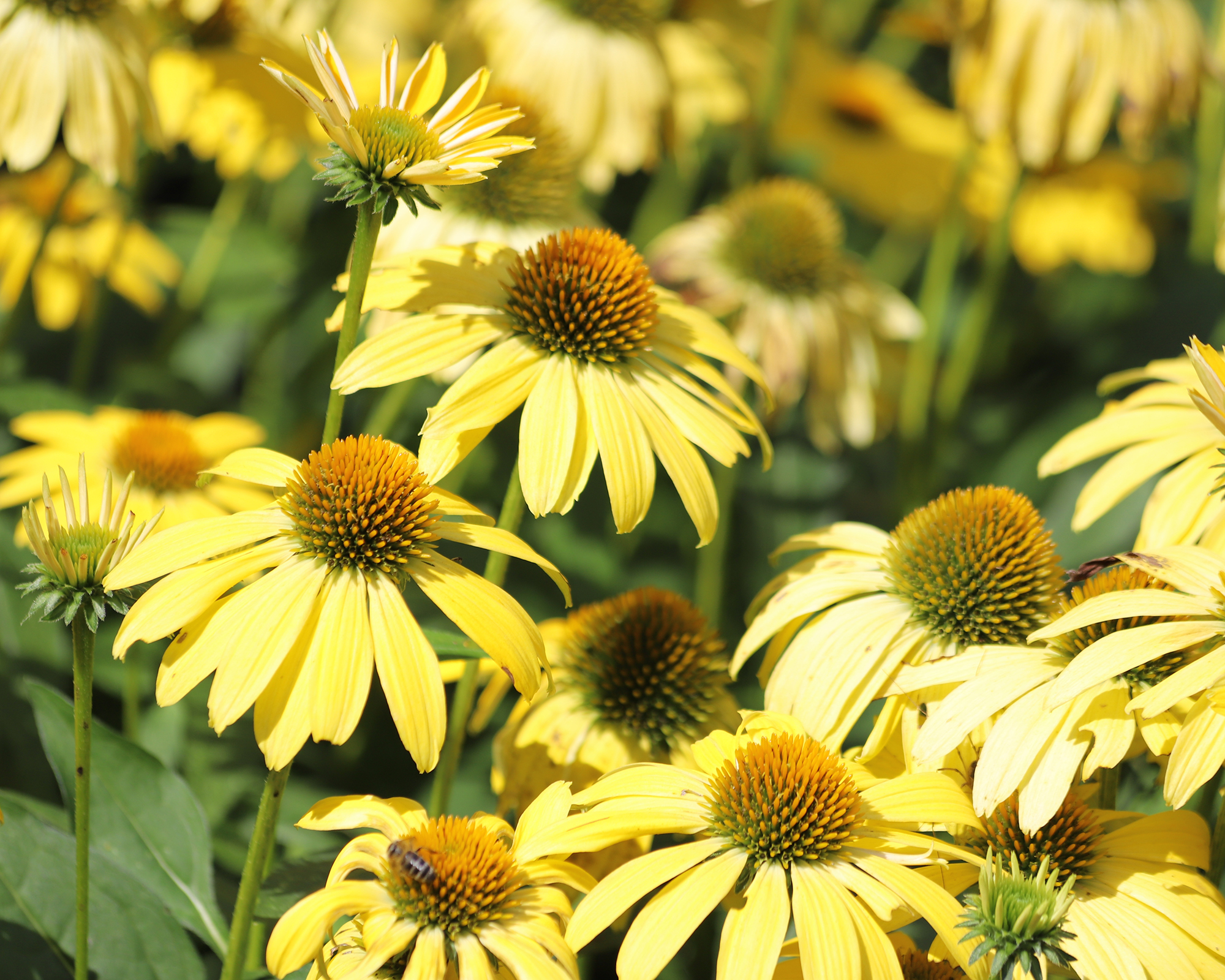
Wildflowers and native species are among the best perennial flowers to grow in fall. Plants of this type can be grown in a variety of ways, and are among the easiest perennial seeds to plant in fall.
Coneflowers make an excellent addition to pollinator gardens, naturalized spaces, and informal beds. They are hardy to USDA zones 4-9.
Flowers that persist through late summer also serve as an invaluable source of food to birds and foraging animals in autumn.
4. Dogwood
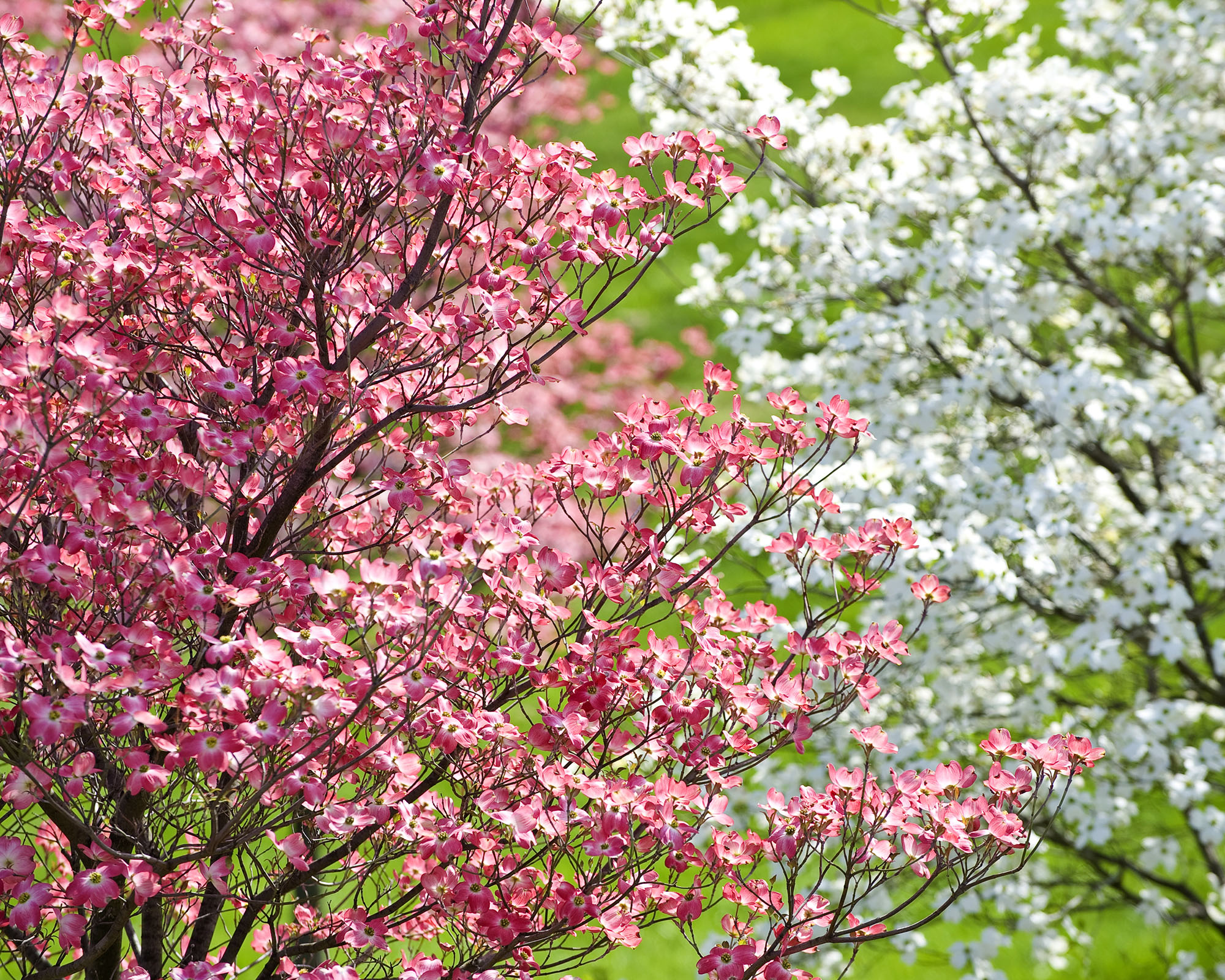
Gardeners deciding what perennials to plant in fall often overlook flowering shrubs and trees. Ornamentals, like dogwoods, are especially attractive due to their early spring bloom and late-season color.
Planting dogwood in the fall will help transplants off to a strong start, allowing for an extended period of root development in their first season.
Especially attractive varieties of dogwood include ‘Kousa White,’ ‘Miss Satomi,’ and ‘Sibirica.’ Most dogwoods are hardy to USDA zones 3-9.
5. Coral Bells
Coral bells – or heuchera – are treasured for their immensely vibrant foliage. Ranging in color, pattern, and form, plants make an excellent addition to both containers and shade gardens. Gardeners have also made use of the perennial as an attractive, low-maintenance ground cover.
Though growers have found success planting in spring, experts find those that have been fall-planted to produce the hardiest beds.
Commonly available cultivars of heuchera include ‘Caramel,’ ‘Palace Purple,’ and ‘Picasso.’ Plants are hardy to USDA zones 4-9.
6. Hydrangea
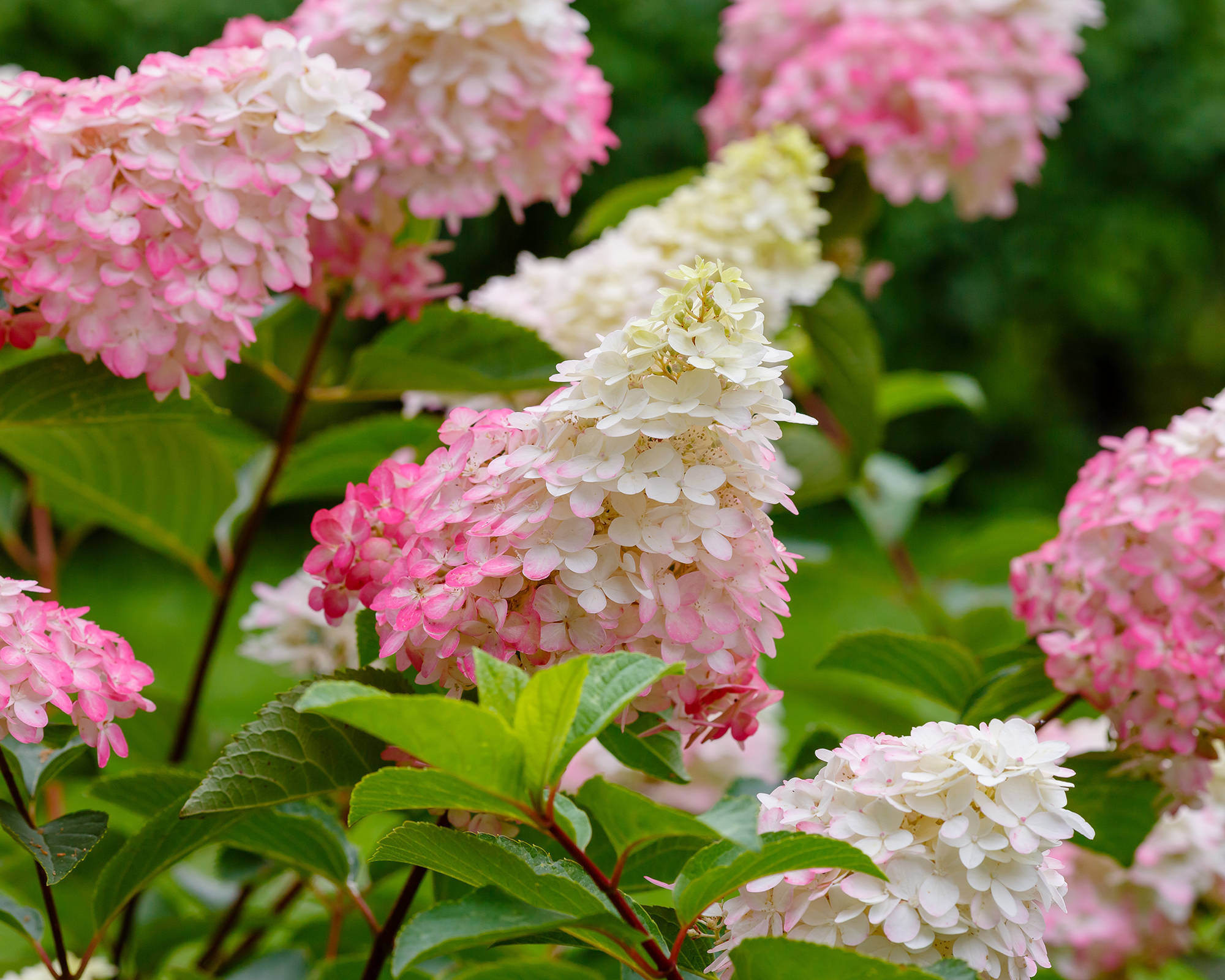
Yet another dependable perennial, hydrangea plants are praised for their extended bloom and abundant flowers. Planting in fall is especially beneficial to the shrub, as several species may become stressed by early season heat and humidity.
Though options abound, Hydrangea macrophylla and H. paniculata species remain among the most popular options for the home landscape.
Especially attractive varieties include ‘Blue Danube,’ ‘Little Lime,’ and ‘Firelight.’ Hydrangeas are hardy to USDA zones 3-9.
7. Phlox

Perennial phlox can be used to add height and dimension to most any space. While tall varieties are best suited to use in mixed borders, dwarf cultivars perform well in containers.
Growers can expect the plant to multiply quickly where conditions are ideal. However, most cultivars are susceptible to powdery mildew and a variety of other fungal diseases.
Popular varieties of perennial phlox include ‘Blue Paradise,’ ‘Candy Stripe,’ and ‘Nicky.’ Plants are hardy to USDA zones 4-8.
8. Sedum

Sedums are praised for their use in waterwise landscapes. Invaluable to growers who experience prolonged periods of drought, the perennial makes for an effortless addition to beds and containers.
Planting in fall further aids in the growth of sedum as a means to reduce heat stress and promote growth in spring. Sedum is hardy to USDA zones 3-11.
This article features products available from third-party vendors on the Gardening Know How Shop.

Tonya Barnett has been gardening for 13 years. Flowers are her passion. She has transformed her backyard into a cut flower garden, which she regularly chronicles on her YouTube channel http://www.youtube.com/@tonyawiththeflowers.
- Amy DraissDigital Community Manager
-
 Looking For Plants To Give You The Soft And Fuzzies? Try These 5 Fuzzy Leaf Plant Options
Looking For Plants To Give You The Soft And Fuzzies? Try These 5 Fuzzy Leaf Plant OptionsLovers of texture, drama, silver foliage and tactile plants will adore these special sensory garden additions. These fuzzy leaf plant options will leave you all aglow
By Susan Albert
-
 Get Ready For A Summer Of Hummers! Grow These Full Sun Hummingbird Plants and Flowers
Get Ready For A Summer Of Hummers! Grow These Full Sun Hummingbird Plants and FlowersIf you’re lucky enough to enjoy a sunny backyard, make sure you are maxing out on your pollinator opportunities and grow these full sun hummingbird plants and flowers
By Tonya Barnett
-
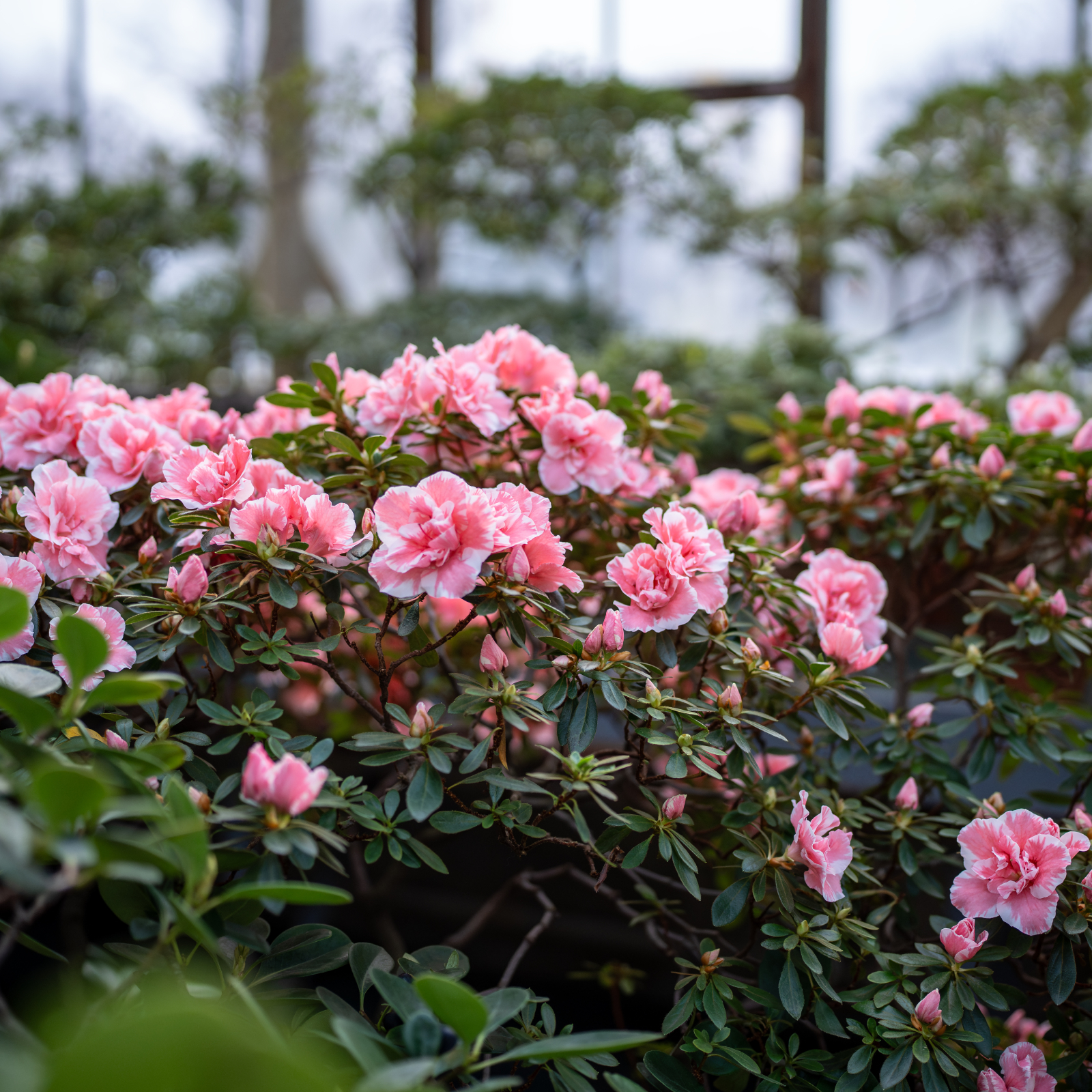 What Is The Size Of An Azalea? Explore Different Varieties That Will Suit Every Garden
What Is The Size Of An Azalea? Explore Different Varieties That Will Suit Every GardenThe size of azaleas can vary widely because they have been selectively bred for different landscape needs. Check out our picks for each size category.
By Mary Ellen Ellis
-
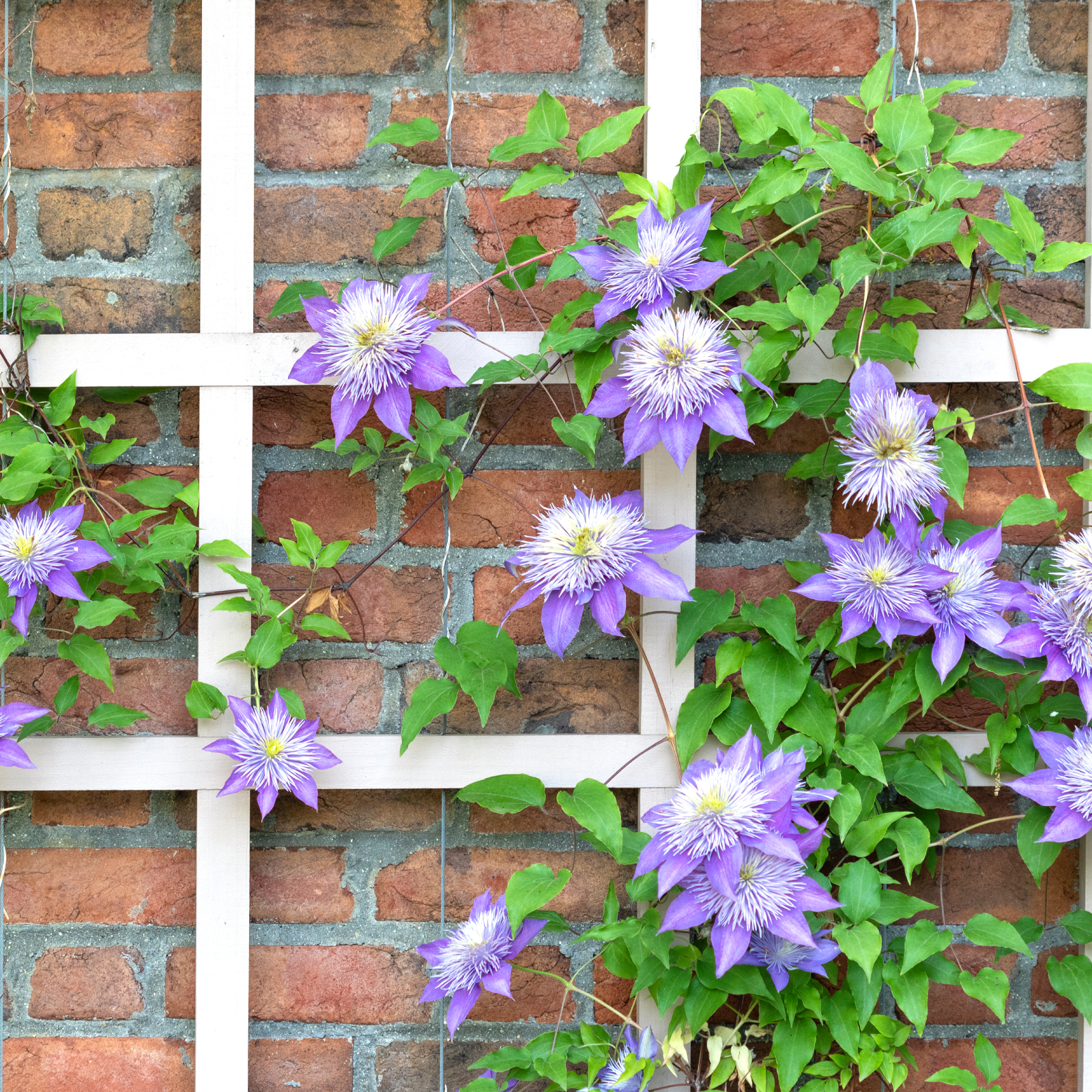 5 Fabulous Fast-Growing Vines – That Will Quickly Climb Any Arbor, Trellis, Or Fence
5 Fabulous Fast-Growing Vines – That Will Quickly Climb Any Arbor, Trellis, Or FenceThese fast growing vines are perfect for covering any eyesores in your yard or creating a living fence. They will provide great visual interest, as well.
By Amy Grant
-
 When To Plant Roses: The Best Time For Your Climate And Rose Type
When To Plant Roses: The Best Time For Your Climate And Rose TypePlant your roses at the right time and you will be rewarded with decades of glorious summer flowers – but get it wrong and you'll be crying over dead shrubs.
By Teo Spengler
-
 Spectacular Early Blooming Shrubs: 6 Sparkling Spring Flowering Bushes
Spectacular Early Blooming Shrubs: 6 Sparkling Spring Flowering BushesWant to kickstart your gardening year with dazzling spring flowering bushes for beds and borders? These unique early bloomers are sure to help you rise and shine!
By Teo Spengler
-
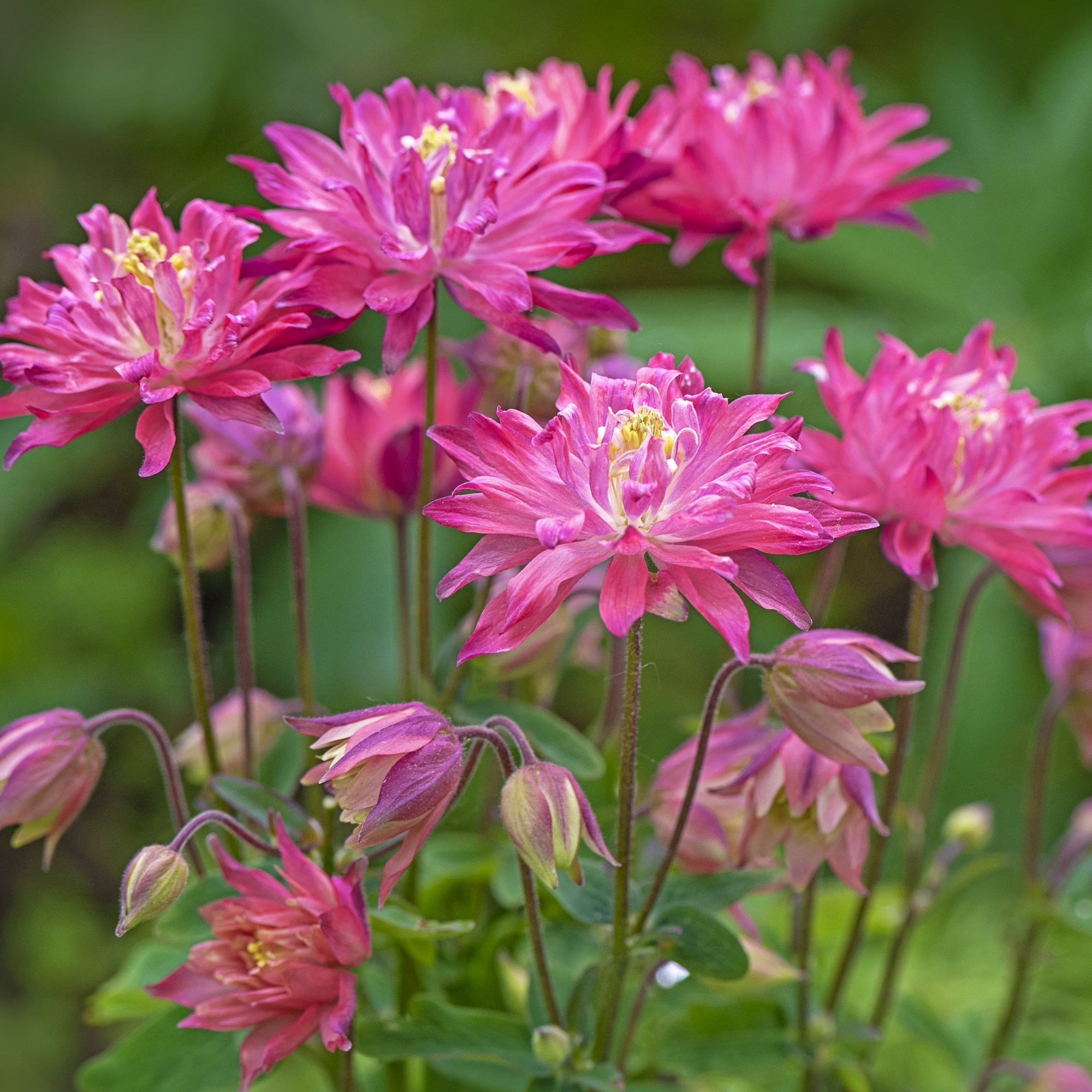 7 Shade-Loving Flowers To Start From Seed Now For A Stunning Summer Garden
7 Shade-Loving Flowers To Start From Seed Now For A Stunning Summer GardenTurn shady spots into vibrant new garden spaces with lovely and illuminating shade-loving flowers.
By Ellen Wells
-
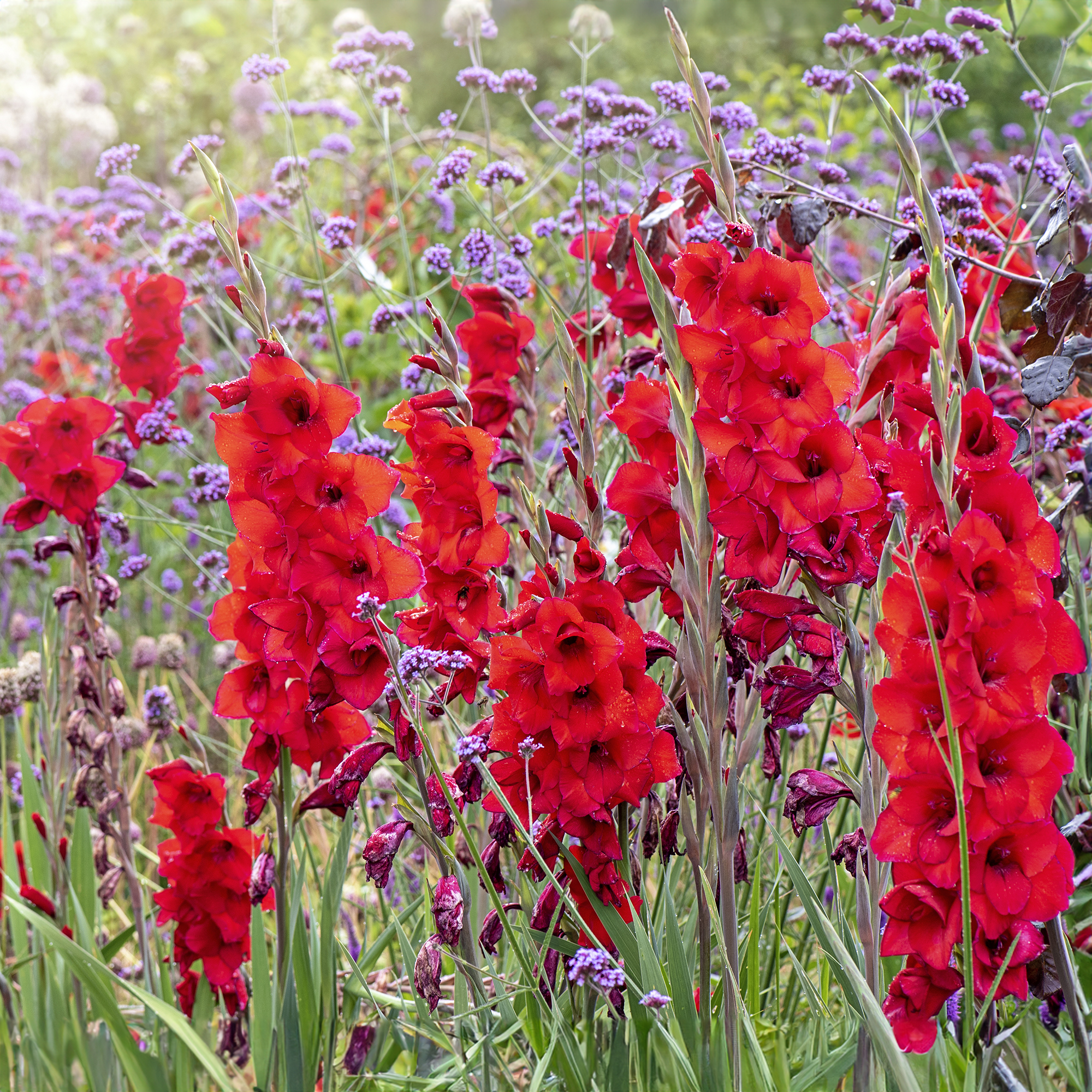 7 Summer-Blooming Bulbs To Plant In Early Spring: Don't Miss Months Of Glorious Flowers!
7 Summer-Blooming Bulbs To Plant In Early Spring: Don't Miss Months Of Glorious Flowers!Get a head start on stunning summer blooms with these easy-to-plant bulbs – act early and you will enjoy vibrant flowers that last for months on end.
By Mary Ellen Ellis
-
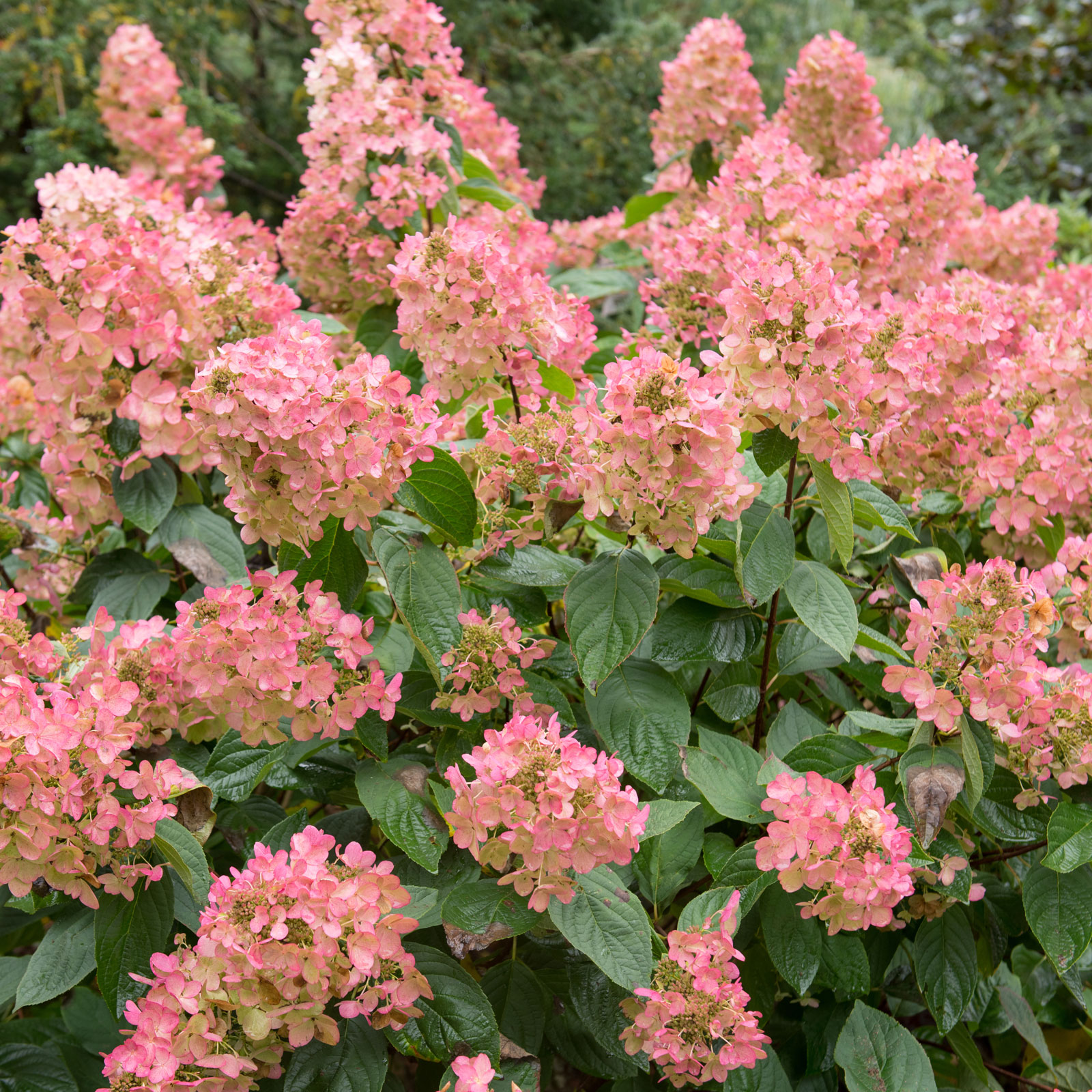 Quick Fire Hydrangea – The Elegant, Easy-Care Shrub Every Gardener Needs In Their Landscape
Quick Fire Hydrangea – The Elegant, Easy-Care Shrub Every Gardener Needs In Their LandscapeIf you’re after an early flowering panicle hydrangea that offers plenty of floral variety, the Quick Fire hydrangea goes big on visual dynamics from early summer to fall
By Tonya Barnett
-
 8 Rare Orchids That Make Stunning Houseplants – Some Are Surprisingly Easy To Grow
8 Rare Orchids That Make Stunning Houseplants – Some Are Surprisingly Easy To GrowDiscover unique orchids that will add exotic beauty to your home. Some make easygoing houseplants, while others offer a challenge for more seasoned growers.
By Melanie Griffiths